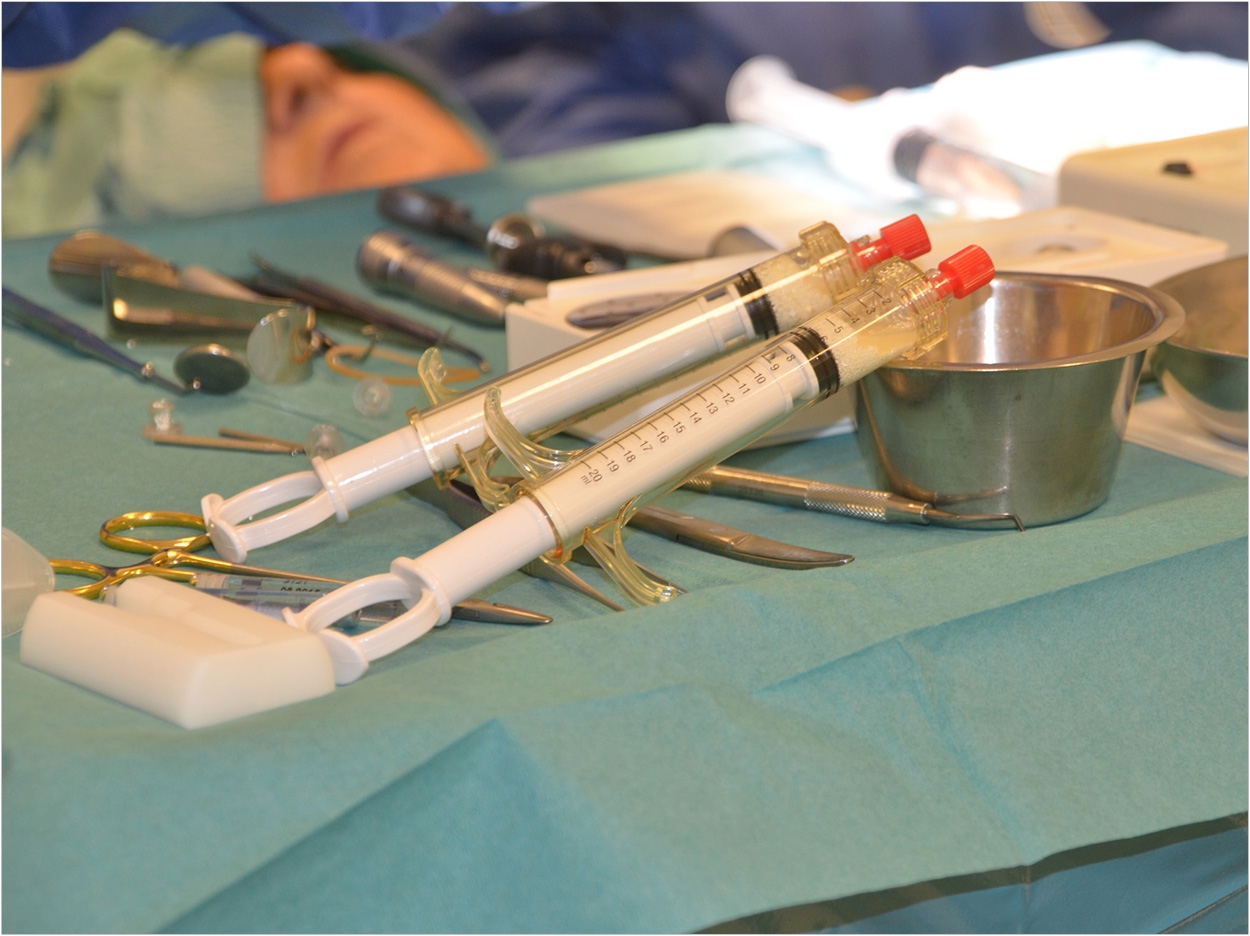
Clinicians can use patients’ own stem cells to grow new bone, according to researchers at the University of Nantes in France and the University of Bergen (UiB) in Norway, noting that the procedure can potentially help millions of people who are partially edentulous and have insufficient bone for placement of dental implants.
The research is part of the Maxibone Project, which is among a few ongoing randomized, controlled trials using mesenchymal stem cells. The Maxibone Project aims to create personalized bone regeneration for patients with missing bones in the jaw, which can be the case after cancer or a traffic accident, the researchers said.
Funded by 6 million Euros, the consortium gathers 12 partners from Norway, Spain, France, Denmark, and Germany including research laboratories, academic hospitals, cell therapy units, a biomaterial company, and a dental implant company.
A randomized controlled trial of 150 patients will compare the safety and efficacy of autologous cultured stem cells and calcium phosphate biomaterials with autologous bone grafting in alveolar bone augmentation prior to dental implants. In the previous Reborne project, the clinical safety of this regenerative strategy was demonstrated on 11 patients at UiB.
The procedure begins by collecting bone marrow from the hip of the patient. These stem cells are then expanded in laboratories located at the Institute for Transfusion Medicine and Immunogenetic Ulm in Germany and the Centre de Therapie Cellulaire de Creteil in France.
After two weeks, the mesenchymal stem cells are shipped to the clinical center. The cells mixed with biomaterials are grafted on maxillary and mandible bone ridges to increase their volume. On the control arm, autologous bone is harvested from the mandibular ramus and transplanted to the site of augmentation.
A synthetic non-resorbable membrane is used to cover the grafts and to guide tissue regeneration. After five months, CBCT is performed to evaluate bone volumes for insertion of dental implants. Core biopsies are analyzed by synchrotron, microcomputed tomography, and histology. Dental implants are placed and osteointegrated for three months before loading with prosthetic elements.
In the new study, the 150 patients will be recruited and randomly allocated to the control group receiving the bone graft or the test group receiving a combination of autologous cultured stem cells and biomaterials. The recruitment will be performed in centers in Norway, Spain, Germany, Denmark, and France.
The Maxibone clinical trial is taking on a broader dimension, the researchers said, which should lead to this regenerative method being marketed within four years. Medical imaging, direct measurements, and histology of core biopsies before dental implants will ensure the evaluation of bone regeneration, the researchers added.
The first patients in the test group began receiving the stem cells last week at UiB. The next patient is already ready for bone marrow harvesting, the researchers said, and the other clinical centers are ready to start enrolling patients.
Related Articles
Molecules May Stimulate Stem Cell Regeneration to Fight Periodontal Disease
Grant to Support Dental Epithelial Stem Cell Creation for Regenerative Therapies
Environment May Impact Stem Cells’ Ability to Regenerate Dental Tissue












